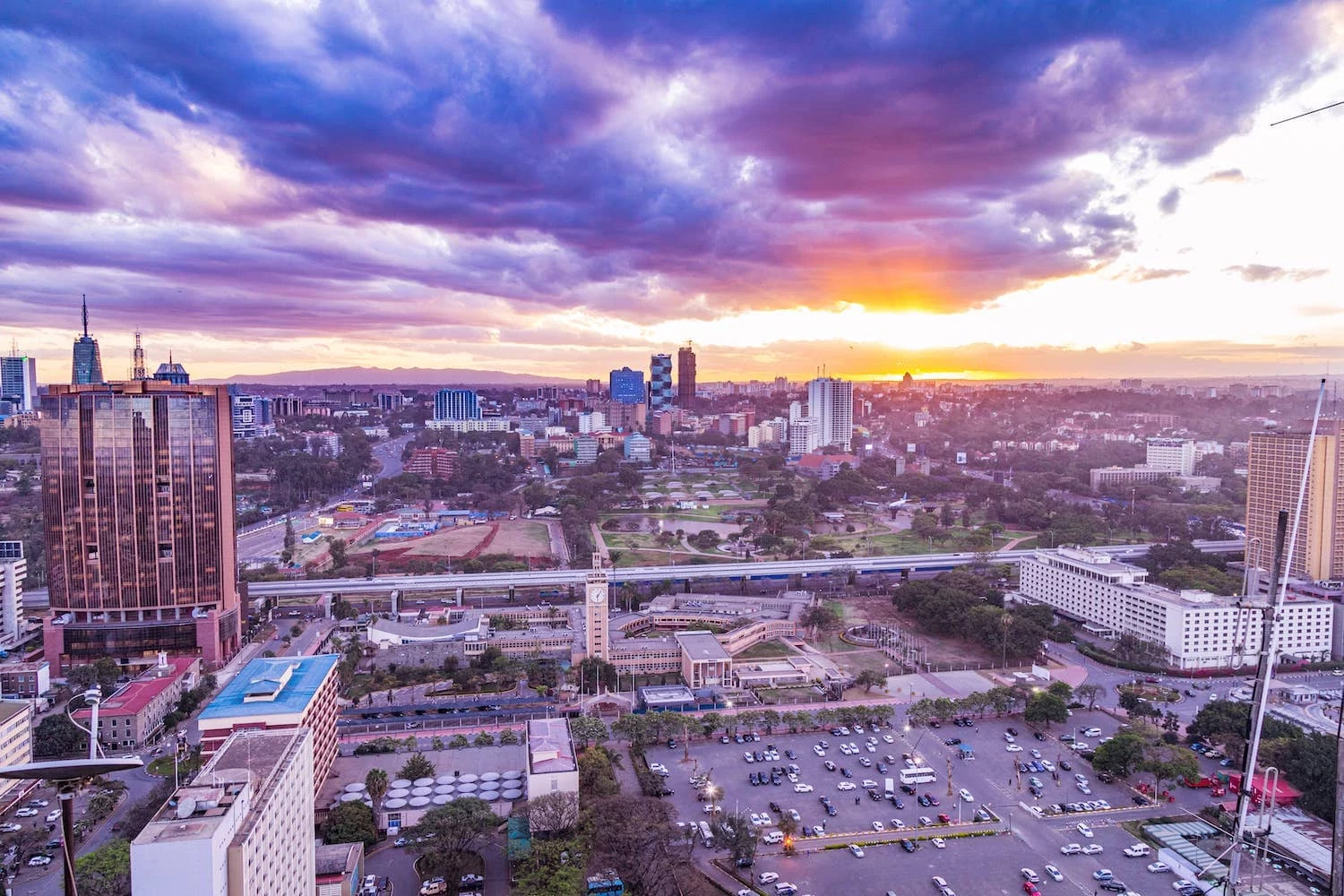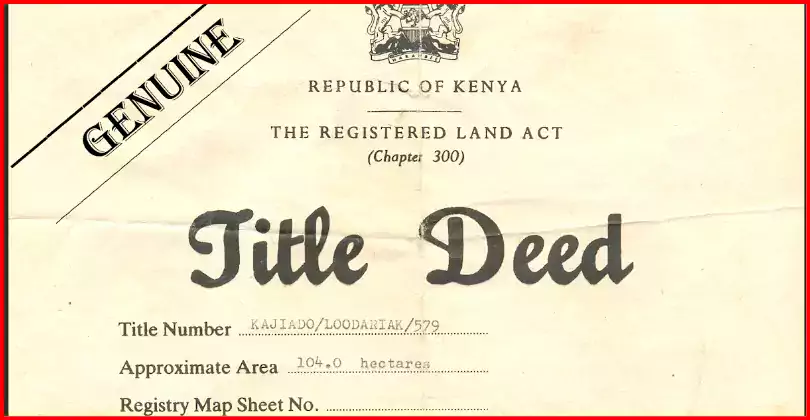
Renting a flat in India can be thrilling as well as difficult at the same time. Whether you’re a student, or a young professional, or someone who’s relocating — it takes time to find that perfect flat that suits your taste, lifestyle, needs, and budget. This post will guide you through the process of renting a flat in India, sharing our tips and insider knowledge at every step.
Before starting your flat hunt, it’s essential to determine your budget. Consider your monthly income and expenses to arrive at a rent amount that you can comfortably allocate. This will help you narrow your options down and avoid overspending.
After deciding on a budget, it’s time to check out the location. Find the ones that line up your interests and needs. Facts, such as proximity to your workplace or university, availability of public transportation, and access to important facilities such as grocery stores and hospitals must be considered.
With your budget and preferred region in mind, it’s time to start looking for a flat. You may look up rentals in India in a variety of methods. Explore online property listing sites like **Bhkflats** or speak to local rental property experts.
As you come across flats during your apartment search, list potential options that tick all your boxes. Look out for things such as how many bedrooms, whether the building has a gym, how near it is from shops, how it appears in general, etc.
After you have shortlisted some flats, go see them. Arrange appointments to visit with those landlords and property managers. While visiting, pay attention to details such as cleanliness, ventilation, water supply, etc.
Prior to deciding on a flat, a rental contract should be thoroughly understood. Read through the rental agreement carefully and ask questions about any terms or conditions that don’t feel transparent. Take note of the details such as rent amount, the duration of the lease contract, deposit requirements, responsibilities, and penalties when terminating the lease early.
If you locate a flat that matches your requirements yet is slightly over your budget, try negotiating with the landlord. In some cases, the landlord might accept a lower rent figure or renegotiate other parts of the agreement if you play your cards right.
Once you have chosen an apartment to rent, negotiated the rent and signed the contract (rental agreement/lease), the next step is to finalize the paperwork. Usually, a KYC involves furnishing Aadhaar or passport copies, proof of employment or income, and address proof. Always keep copies of all documents for future reference.
Before you can move in you will have to pay a security deposit and rent in advance according to the agreement you signed. Get receipts for these expenses and store them securely.
Do an inspection with the landlord or property manager before you move in. Record any pre-existing damages/issues in writing and have both parties sign-off. This ensures that damages during your stay will not be disputed.
Renting an apartment in India can be a wonderful experience if planned and done with due diligence. With this guide, you’ll have everything you need to handle the buying process with ease and find the perfect house for you. Also, remember, stay up to date with the country’s local rental laws to ensure you are aware of your rights as a tenant in India.


